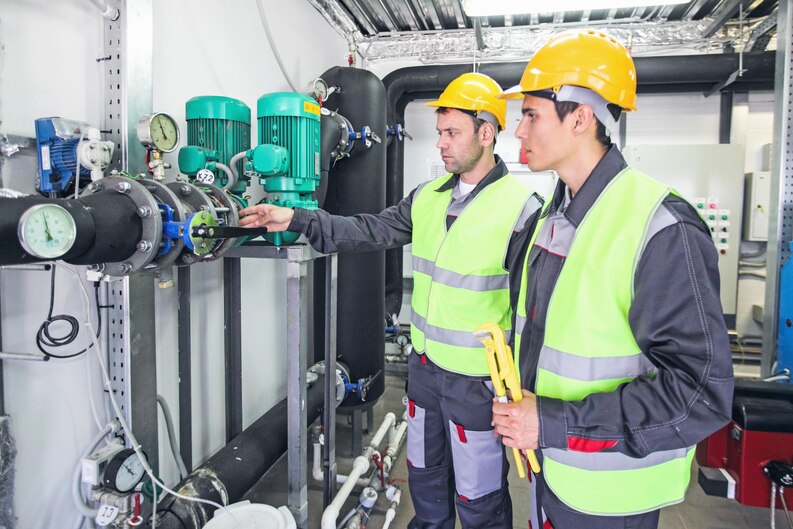In industries where the integrity and quality of materials and components are of utmost importance, non-destructive testing (NDT) methods are invaluable. NDT allows for thorough inspection and evaluation without causing damage or altering the functionality of the tested materials.
Why NDT is important?
Non-destructive testing (NDT) plays a vital role in quality assurance. NDT is crucial for ensuring the integrity, safety, and compliance of the product specifications or monogram specifications
- Ensuring product Integrity without causing damage or alteration
- Minimizing Risks and Failures by detecting defects and irregularities early.
- Compliance with Regulatory Standards and maintaining approvals.
- Cost-Effectiveness and Efficiency through faster inspection processes.
- Preventing Product Recalls and preserving brand reputation.
- Enhanced Customer Confidence in the quality for products manufactured under API monogram
Specification - Process Optimization and Continuous Improvement based on NDT data.
Understanding Non-Destructive Testing (NDT) Methods
Non-destructive testing refers to a range of techniques used to inspect materials without altering their integrity or functionality. Unlike destructive testing methods, NDT allows for comprehensive inspection while preserving the integrity of APIs.
Visual Inspection
Visual inspection is one of the simplest and most widely used non-destructive testing methods. It involves a visual examination of products and their packaging to detect any visible defects such as cracks, discoloration, or physical damage.
Ultrasonic Testing (UT)
Ultrasonic testing utilizes high-frequency sound waves to assess the internal structure of APIs. It can detect defects such as voids, inclusions, or delamination within the material. Ultrasonic waves are transmitted into the API, and the reflected waves are analyzed to identify any anomalies.
X-ray and Gamma-ray Testing
X-ray and gamma-ray testing methods are effective for detecting internal defects and inconsistencies in API materials. These methods use ionizing radiation to penetrate the API and capture images that reveal structural irregularities, foreign materials, or impurities.
Magnetic Particle Inspection (MPI)
MPI is a non-destructive testing technique used to detect surface and near-surface defects in ferromagnetic materials. In API inspection, MPI can identify cracks, fractures, or other discontinuities that may compromise the quality and integrity of the API.
Liquid Penetrant Testing (LPT)
Liquid penetrant testing involves applying a liquid dye to the surface of the API, which is then drawn into any surface defects by capillary action. After a certain time, excess dye is removed, and a developer is applied to make the defects visible. LPT is effective for detecting surface cracks, porosity, and other surface irregularities.
Infrared Thermography (IRT)
Infrared thermography uses thermal imaging cameras to detect variations in surface temperature. This method can identify inconsistencies, such as thermal gradients or hotspots, which may indicate hidden defects or improper manufacturing processes in the API.
Advantages of Non-Destructive Testing for API Inspection
Discuss the benefits of non-destructive testing methods in API inspection, such as preserving sample integrity, minimizing waste, reducing costs associated with destructive testing, and enabling faster inspection processes.
Non-destructive testing methods provide valuable insights into the quality, integrity, and compliance of APIs without compromising their functionality. By employing techniques such as visual inspection, ultrasonic testing, X-ray and gamma-ray testing, magnetic particle inspection, liquid penetrant testing, can ensure the quality and safety of APIs while meeting regulatory requirements. Incorporating non-destructive testing into API inspection and testing is crucial for maintaining product integrity, minimizing risks, and delivering high-quality products.
